How to optimize the sound of your Bluetooth headphones
Do it your way when it's time to listen.
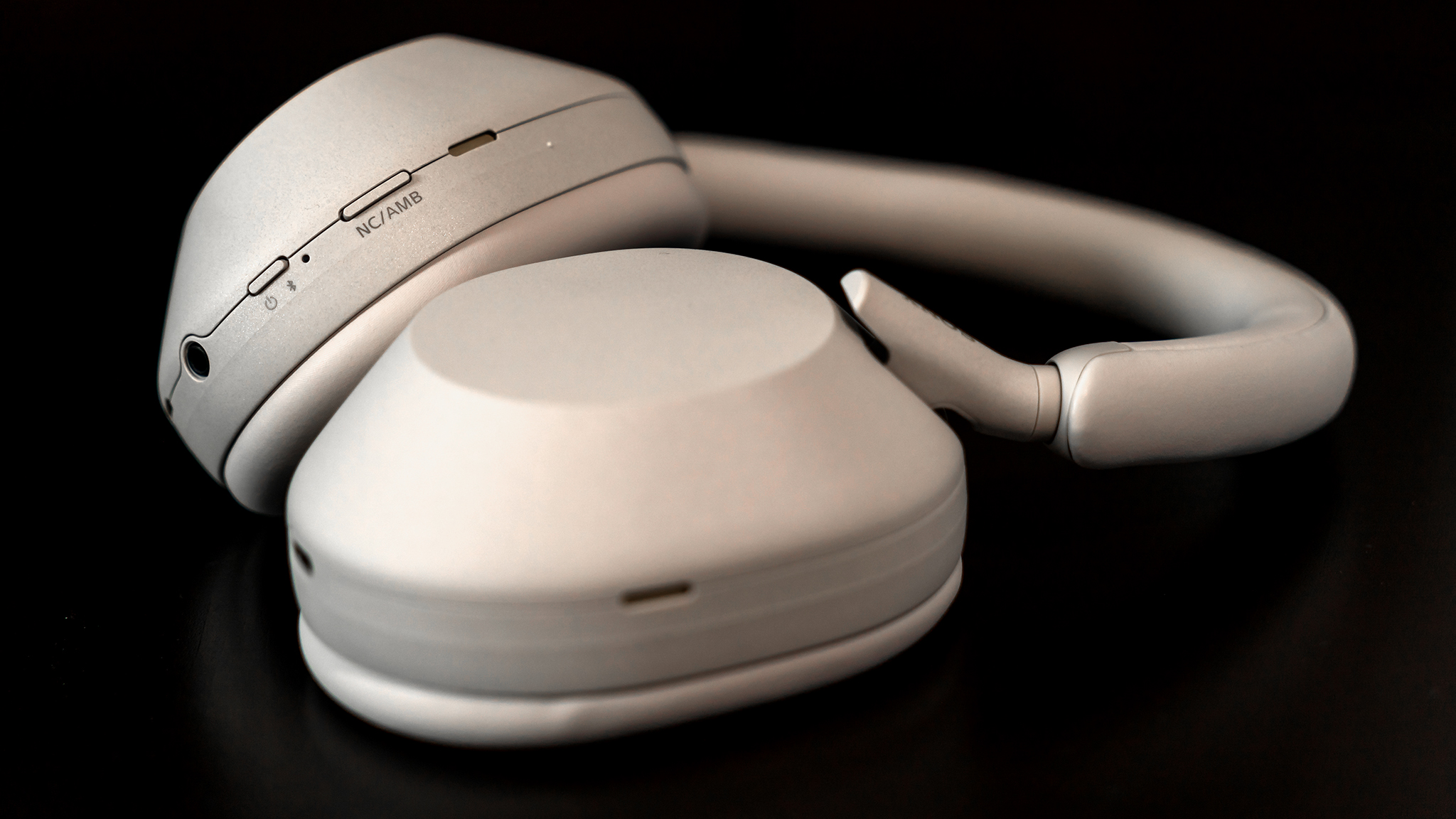
There's no doubt Bluetooth headphones offer a high degree of freedom in when and where you listen to the content you like most. True, they're still not quite at the audiophile level of wired headphones, but there are ways to mitigate that and really make them shine. Plenty of headphones offer features to tune audio however you want or even personalize hearing to your own ears, so you have options to find the right sound following some simple steps.
Get a proper fit for your ears
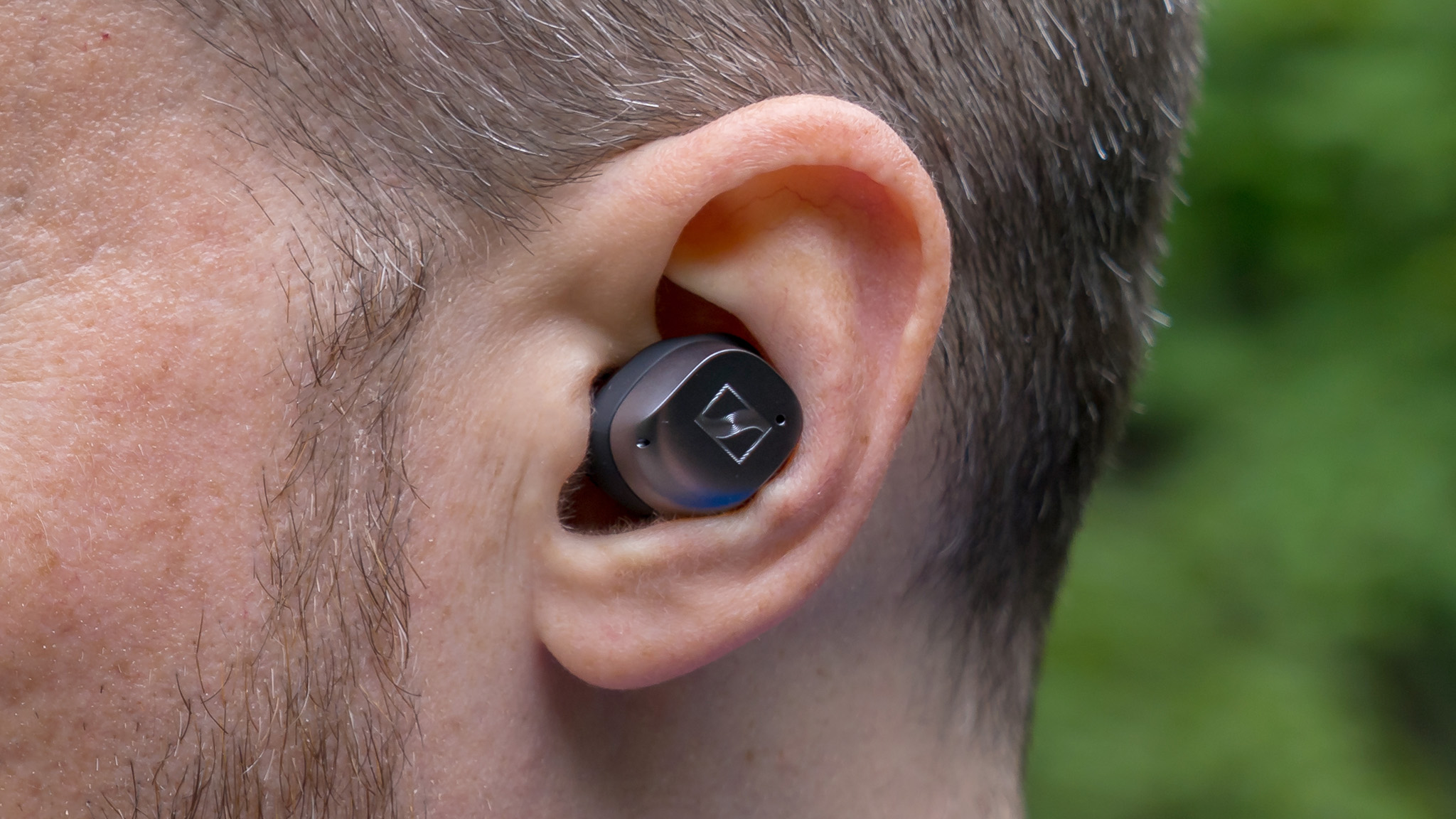
If you're using wireless earbuds of any kind, it's all in the tips. Ear tips, to be precise. Save for the regular AirPods (and fewer and fewer other exceptions), earbuds come with ear tips in different sizes out of the box, usually small, medium, and large pairs. Sometimes, you may also find extra-small or extra-large pairs, depending on the brand or product.
You can always start by simply trying each pair to gauge what fits most comfortably and seals in audio playback. "Noise bleed" is a real thing, meaning that ambient sound around you could leak in and disrupt the audio in some way. The biggest casualty is almost always bass response. A tighter seal in your ears means better bass.
Many brands have apps that work with their earbuds, and some go as far as providing hearing tests to help guide you as to which tips would work best. They can lead to surprising results, like suggesting you use two different sizes between your left and right ears. Every pair of ears is different, which is also why people with small ears might have greater difficulty finding a pair that works for them.
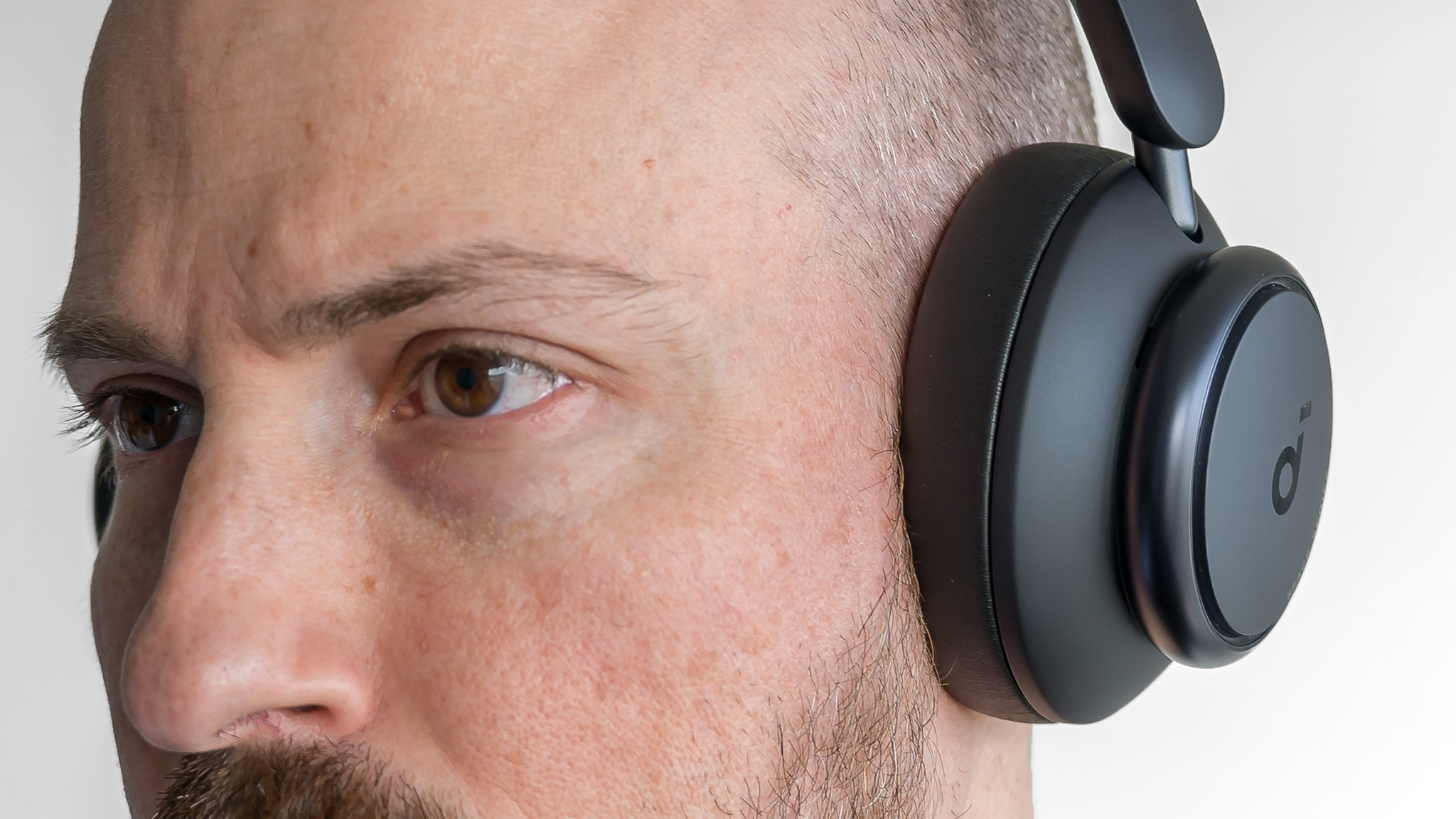
Over-ear headphones present similar challenges and solutions, though not exactly in the same ways. Over-ear designs are built to accommodate all ears with a one-size-fits-all approach, leaving only the headband as a form of adjustment. Headphones with swiveling ear cups may offer some additional flexibility based on the shape of your head, but apart from that, you don't have too many ways to make lasting changes.
It's rare for brands to offer replacement ear pads, but they are out there, so you'd have to check first to see if they're available. In the meantime, you can consider what the pads are made from. Faux leather and vinyl derivatives are the most common materials, though the level of cushioning may differ from one pair to another.
Either way, over-ear headphones hold an inherent advantage in passively isolating background noise and making active noise cancelation (ANC) more effective in drowning it out further. So long as you find something comfortable and sonically pleasing to your ears, you should be fine.
Be an expert in 5 minutes
Get the latest news from Android Central, your trusted companion in the world of Android
Tweak your EQ settings
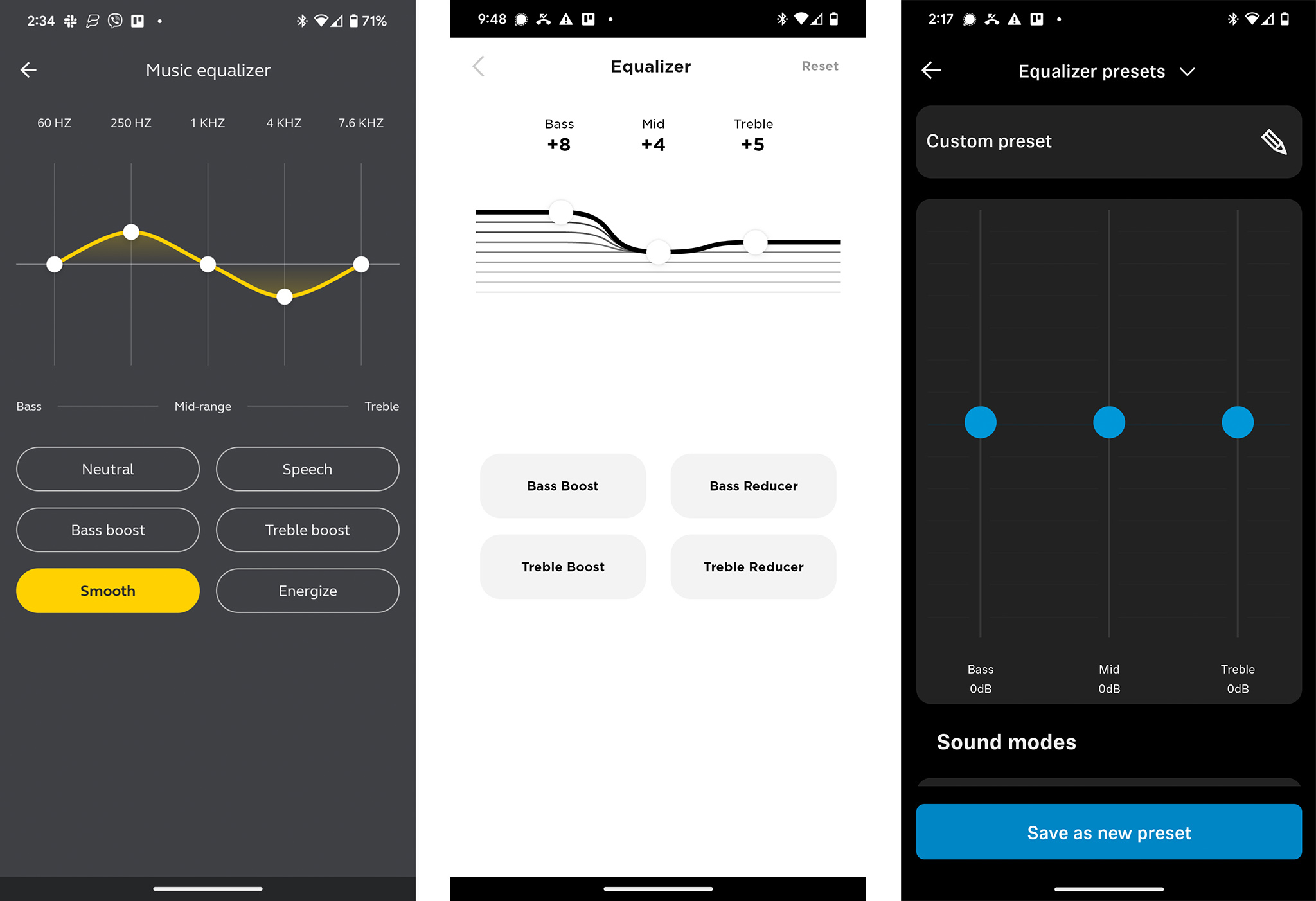
Something not sounding quite right? Maybe not enough bass or treble? That's when you can dive into your settings to make the right tweaks and fix the problem. It's common now to see an app supporting headphones or earbuds, and one of the most important features is an equalizer (EQ) that lets you tailor the sound to your own liking. You'll usually see presets provided by the brand that may cover certain genres, like pop, rock, hip-hop, and jazz, among others.
EQs can come in multiple bands represented by sliders you can manually adjust to customize the overall sound profile. If this is all new to you, consider first trying to bring a frequency all the way up, then slowly down to gauge how it affects the sound. Low numbers represent lower, deeper frequencies, high numbers represent higher frequencies, while the middle numbers cover vocals and detail in both the lows and highs. Play around with it because you might be surprised by how much of a difference your EQ makes with some simple tweaking.
When you find something you like, you can save it as a preset (when you have that option) or leave it as is for the default profile every time you turn it on to listen to audio. The beauty of this is you can create and save presets that are very specific. Say you want a preset for the gym or another for a certain playlist. All of that is truly at your fingertips.
Make sure your headphones are up to date
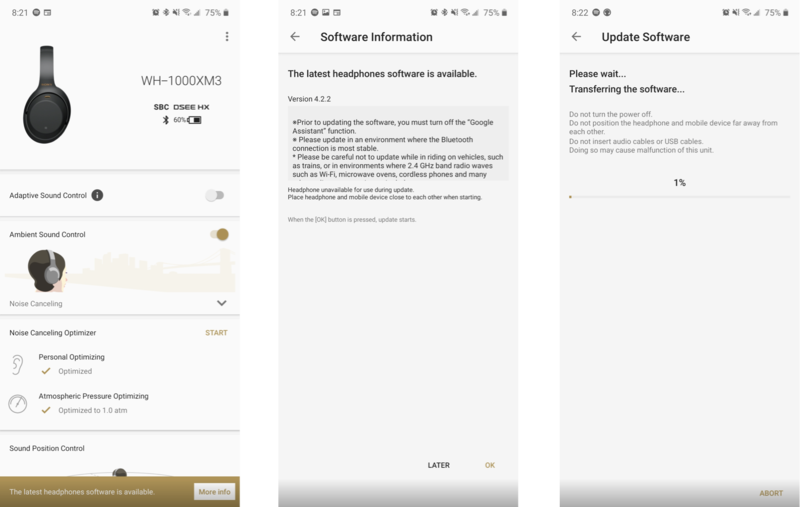
Firmware and software updates can bring greater stability and performance upgrades to any pair of headphones or earbuds when vendors release them. That doesn't mean they will dramatically improve sound quality, but even a small impact could be noticeable.
Some updates may focus on improving the stability of the Bluetooth connection or adding features to add to overall sound customization. There have been instances where a firmware update added an EQ when one wasn't available at launch. Others have brought in helpful tools to deliver a more personalized touch to set up, like sound tests, for instance. Not all updates will alter or shift what headphones or earbuds do, and they won't be as frequent as they might be for your phone or computer, but nevertheless, it's still important to periodically check for new versions.
Stream in the highest quality
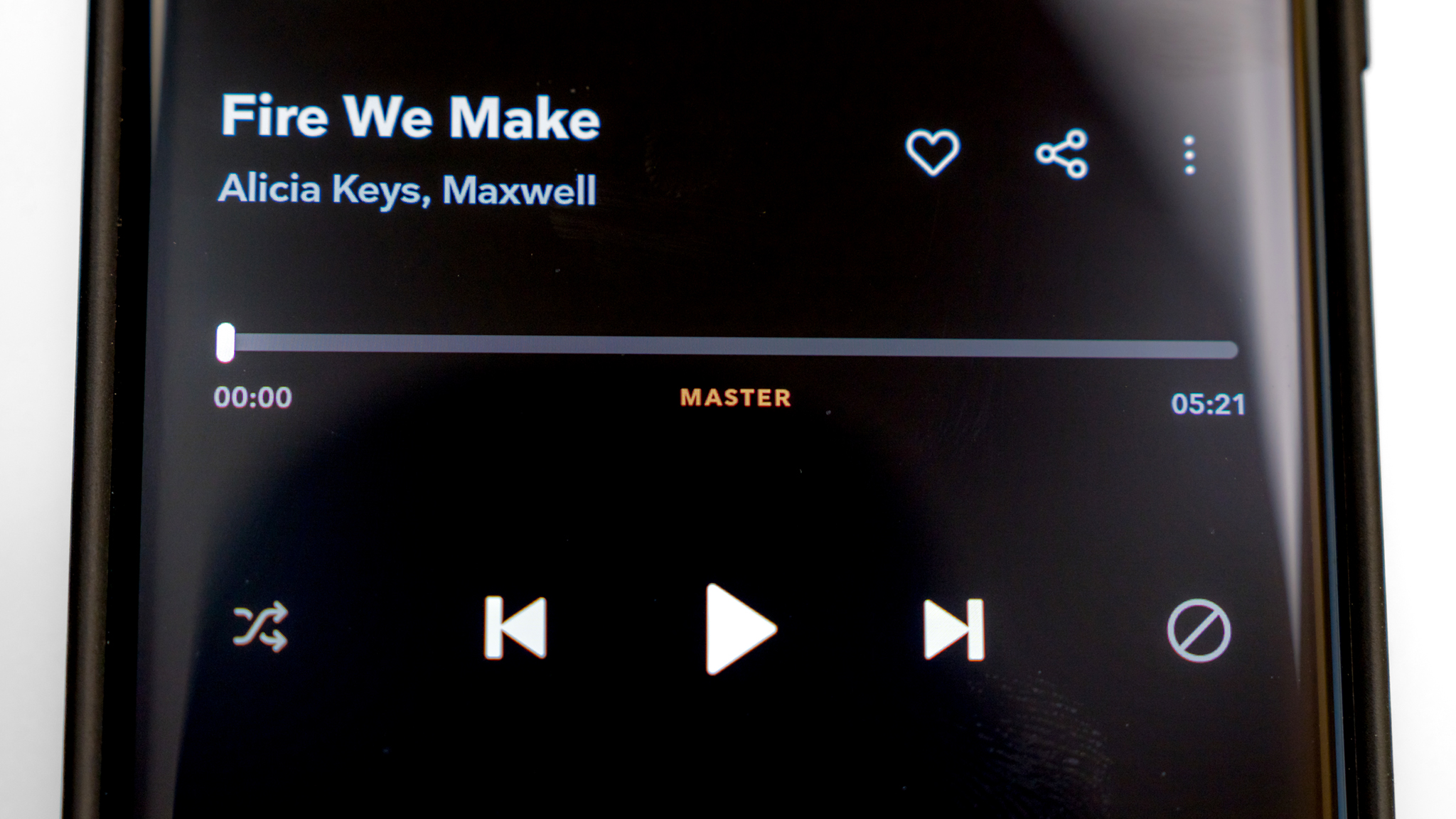
This one matters if sound quality is of the utmost importance. Audiophiles know what to look for, but whether you're a budding audiophile or just a stickler for what sounds good, you may need to consider certain specs. Bluetooth audio codecs can differ, with some, like SBC, AAC, and aptX streaming compressed audio, whereas aptX HD, LDAC, and LHDC support hi-res audio playback. Don't be surprised if some of the most popular and well-known headphones and earbuds support the former and not the latter.
That also goes for some music streaming apps. Spotify and YouTube Music still don't offer a hi-res audio tier, whereas Apple Music, Amazon Music, Tidal, Qobuz, and Deezer do. You may see the option to switch to a higher bit rate in all streaming apps, but if you look closer, you'll notice the difference in numbers. Spotify maxes out at 320kbps, while you can play the same track on Tidal at 860kbps. Android phones and tablets largely support these hi-res codecs, so the key is the headphones or earbuds to complete the triangle. If they support the right codec and the phone and service support hi-res audio, you can play it to your ears.
Getting that kind of quality often incurs an additional cost because streaming services offer it as part of a higher tier. Apps like Tidal and Qobuz openly market the higher bit rates as a reason to switch over. Bear in mind that streaming hi-res audio takes up more data, so if you're on a small monthly limit, stream at the highest quality in Wi-Fi only. Or you can save those tracks for offline playback by downloading them to your device — very handy before a commute or flight when you have no internet access.
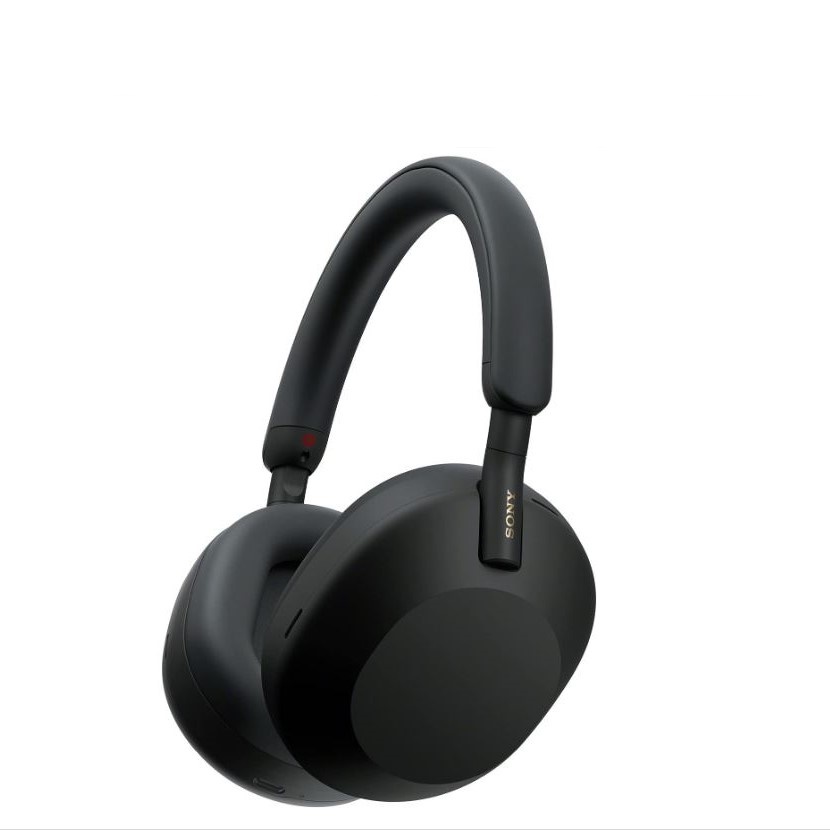
Doing it all with style
The Sony WH-1000XM5 are over-ear headphones with the best of all worlds — fantastic audio quality, outstanding ANC, and excellent customization. They're great for lounging at home or traveling in relative silence, leaving you to enjoy whatever you like listening to.

Ted Kritsonis loves taking photos when the opportunity arises, be it on a camera or smartphone. Beyond sports and world history, you can find him tinkering with gadgets or enjoying a cigar. Often times, that will be with a pair of headphones or earbuds playing tunes. When he's not testing something, he's working on the next episode of his podcast, Tednologic.
